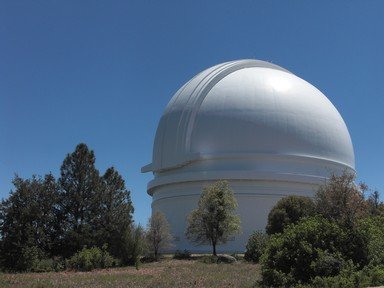Quiz Answer Key and Fun Facts
1. Calibration is a word you've probably seen or heard, but it is often used incorrectly. What does "calibration" mean?
2. Most measurement devices have manufacturer specifications that will tell you how accurate the measurements will be. What does "accuracy" mean?
3. There are many different ways of describing the accuracy of a measuring instrument. One of the most common is abbreviated FS. What does FS stand for?
4. As a calibration technician, you open a meter and turn a potentiometer in order to make the meter read correctly. What is this called?
5. One step in a calibration procedure requires you to "tare" a balance (scale). What does this mean?
6. Gage blocks are used to calibrate calipers and micometers (among other things). They are made of metal or ceramic, and must have very accurate lengths and very flat measurement surfaces.
How do you check the flatness of a gage block?
7. What does a manometer measure?
8. A torque wrench measures the rotational force required to tighten a threaded fastener. Torque settings are often given in ft-lbs or in Nm. What parameters are involved in measuring torque?
9. Many devices measure something (the input parameter) and provide an output of some other sort, which is then measured to determine the value of the input parameter. A thermocouple is used to measure temperature, providing an output to a meter. What is the output?
10. Calibration techs have to know a little about all sorts of subjects. Which of the following are involved in calibration?
Source: Author
tamrof
This quiz was reviewed by FunTrivia editor
crisw before going online.
Any errors found in FunTrivia content are routinely corrected through our feedback system.
